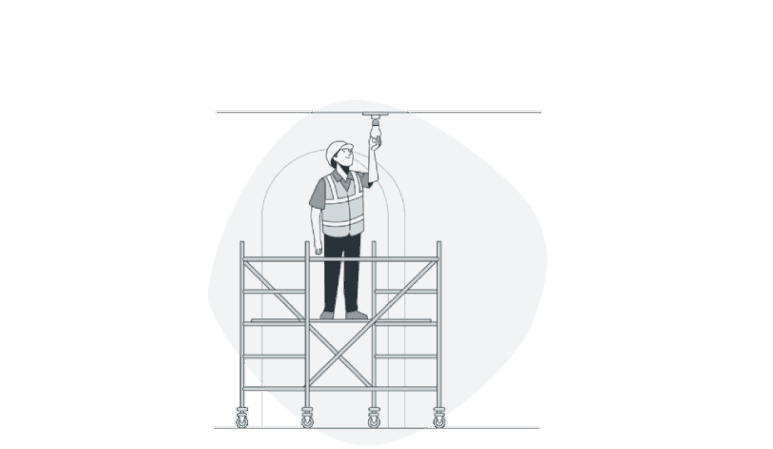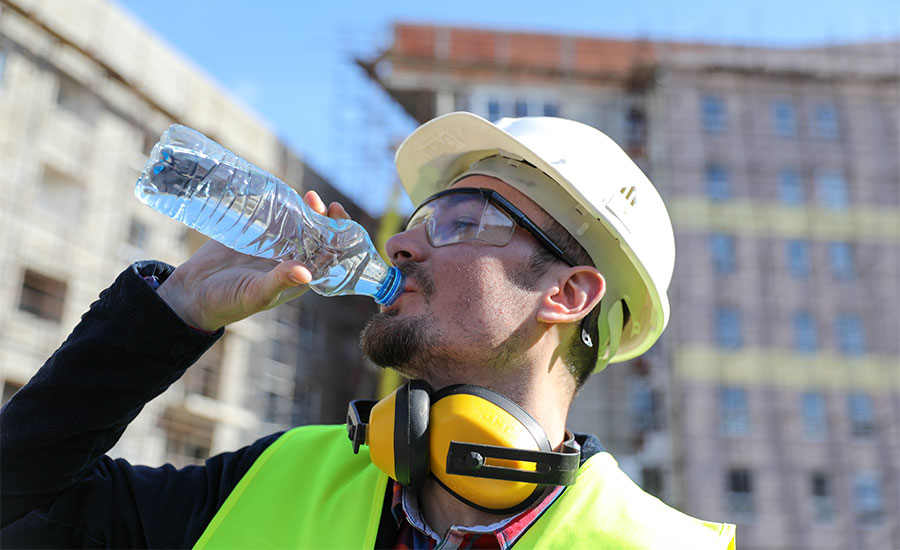
3 Jul 2025
As temperatures rise, so do the risks for workers exposed to hot temperatures—whether on a construction site under the blazing sun or in a hot warehouse with poor ventilation. Recognizing the serious dangers of heat-related illnesses and fatalities, the Occupational Safety and Health Administration (OSHA) has taken significant steps toward establishing a nationwide Heat Injury and Illness Prevention Rule.
OSHA’s Heat Rule: An Overview
Although OSHA does not yet have a specific federal standard solely dedicated to heat, it currently enforces protections under the General Duty Clause, requiring employers to provide a workplace “free from recognized hazards.” However, OSHA has launched a National Emphasis Program (NEP) on heat and is in the process of creating a formal Heat Injury and Illness Prevention Rule.
This rule will address both outdoor and indoor work environments and aims to establish enforceable standards to prevent heat-related injuries and deaths.
Current Key Provisions Under OSHA’s NEP and Heat Guidelines Include:
- Access to Water – Employers must ensure that workers have cool, potable drinking water readily available.
- Rest Breaks – Scheduled rest periods in shaded or cooled areas are recommended.
- Heat Acclimatization – New or returning workers need time to adjust to working in hot environments.
- Training – Workers and supervisors must be trained to recognize and prevent heat illness.
- Emergency Response – Procedures must be in place for heat illness emergencies.
State-Specific Heat Illness Prevention Programs
While OSHA works on the federal rule, several states have already implemented their own heat illness prevention regulations, often more stringent than current federal guidance:
| State | Program Name / Regulation |
| California | Heat Illness Prevention Standard (Title 8, Section 3395) |
| Washington | Outdoor Heat Exposure Rule (WAC 296-62-095) |
| Oregon | Oregon OSHA Heat Rule (OAR 437-002-0156) |
| Minnesota | Indoor Ventilation and Heat Standards (Rule 5205.0110) |
These states require employer plans, worker training, provision of water and shade, acclimatization procedures, and more.
Employer Responsibilities Under the Heat Rule
Whether following federal guidance or a state-specific program, employers have critical responsibilities to safeguard their workers:
- Evaluate and Monitor Work Conditions – Identify heat hazards through temperature monitoring and job hazard assessments.
- Develop and Implement a Heat Illness Prevention Plan – This should include work/rest schedules, hydration strategies, and emergency protocols.
- Train Workers and Supervisors – Educate teams on symptoms of heat stress, how to report illness, and when to seek help.
- Acclimatize Employees – Gradually increase workload and exposure time for new or returning workers.
- Provide Cooling Measures – Ensure access to water, shaded rest areas, cooling PPE, and ventilation systems.
How OSHEPRO’s Safety Toolbox (SELT) Helps Prevent Heat Illness
Prevention begins with awareness and education. That’s where OSHEPRO’s SELT® – Safety & Environmental Learning & Training Toolbox comes in.
Key Features of SELT’s Safety Toolbox:
- Customizable Heat Illness Safety Talks – Delivered in toolbox meeting format to frontline workers.
- Multilingual Training – Ensures comprehension across diverse workforces.
- Interactive Content – Real-world scenarios and symptoms recognition techniques.
- Automated Tracking – Document training sessions for OSHA or state audits.
- Microlearning Modules – Keep topics short, sharp, and focused on high-risk conditions like heat stress.
With SELT’s digital toolbox, supervisors can run daily or weekly heat safety briefings tailored to the day’s conditions—empowering workers to recognize symptoms early, hydrate properly, and know when to take a break.
Prepare Now for OSHA's Heat Rule
As climate patterns shift and temperatures continue to rise, heat stress is no longer just a seasonal risk—it’s a year-round safety issue. Employers must stay ahead of regulations and implement heat illness prevention programs that are both compliant and effective.
With OSHA’s upcoming Heat Rule, and state-specific laws already in place, now is the time to strengthen your heat safety protocols. Tools like OSHEPRO’s SELT Safety Toolbox provide the knowledge and structure needed to keep your workforce safe, hydrated, and healthy—indoors or outdoors.









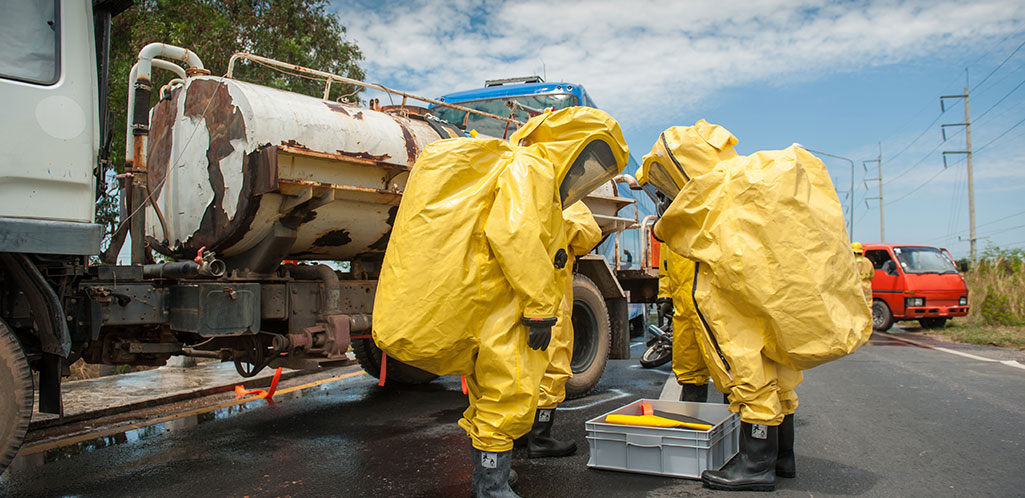

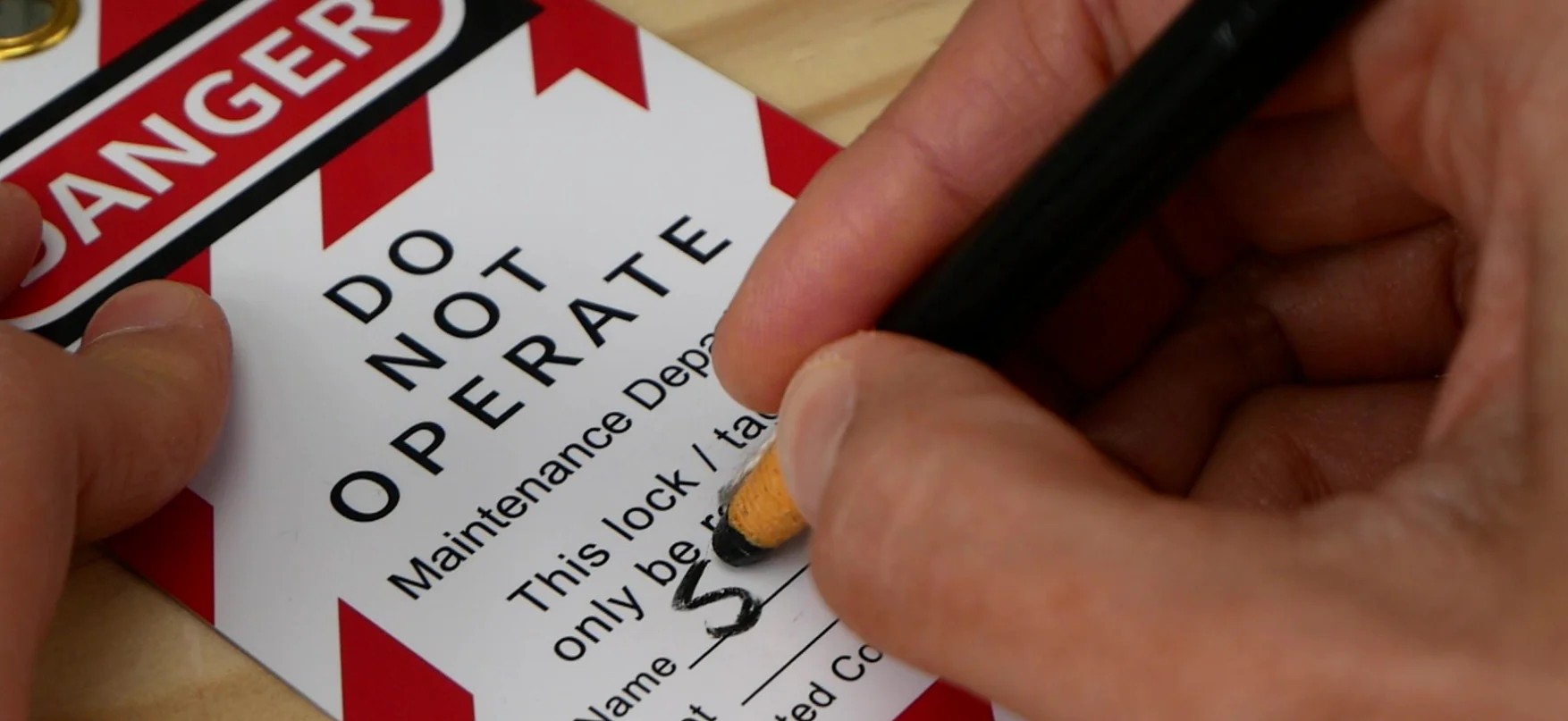
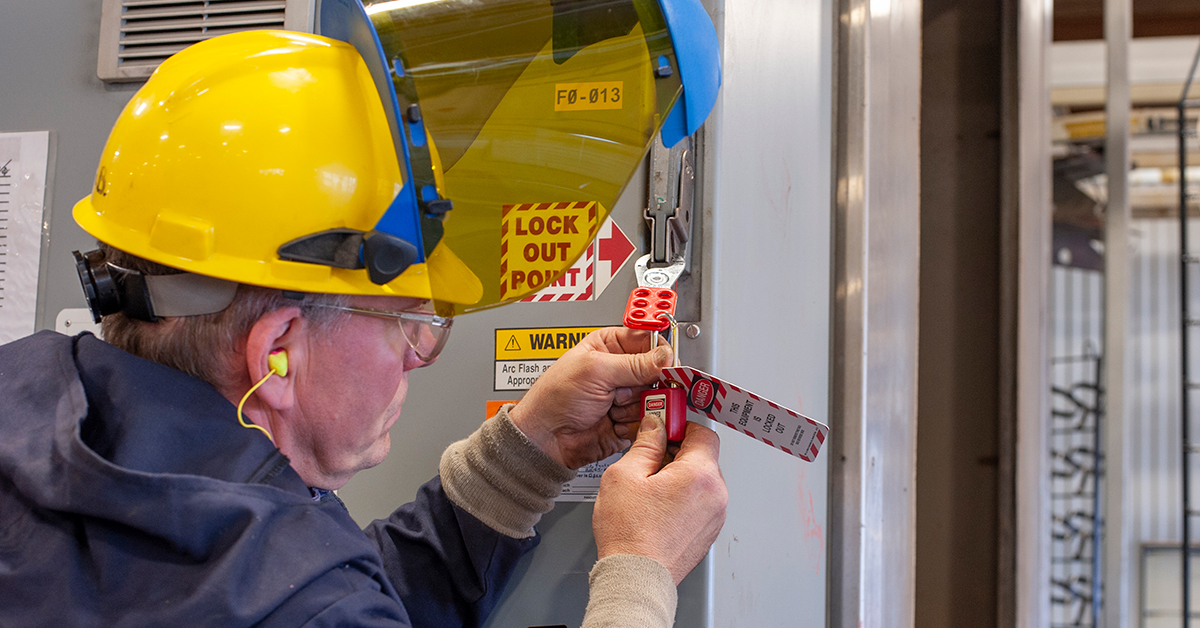



.png)

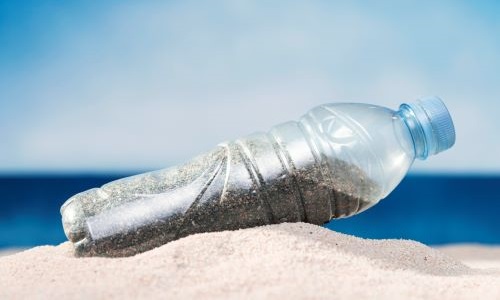

.png)


.png)


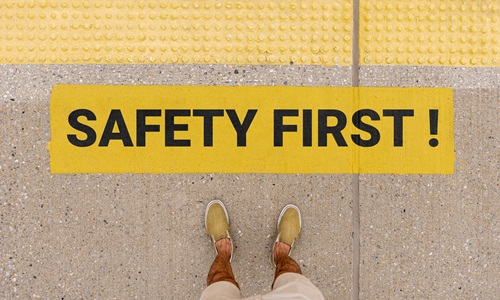

.jpg)








